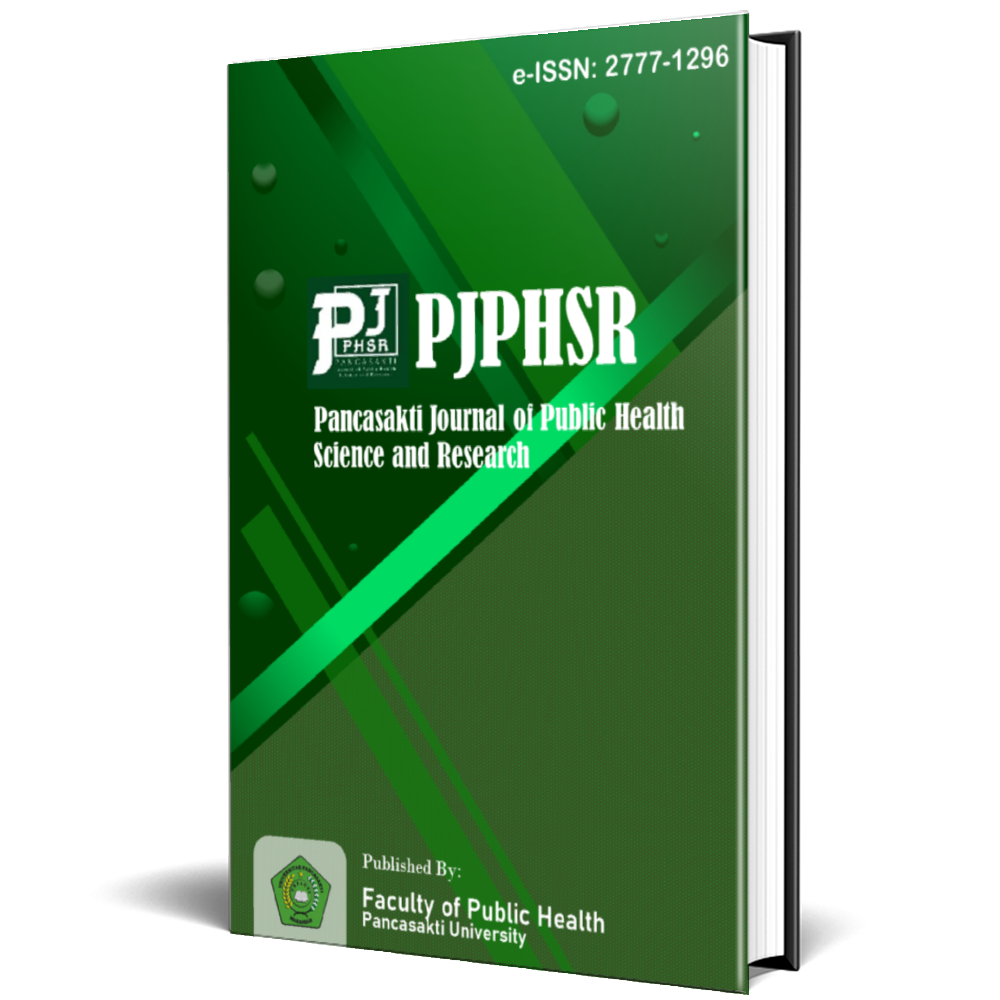Counseling as a Smoking Behavior Service Strategy for Students at SMA Negeri 4 Jeneponto
Abstract
Smoking in adolescence has a long-term impact on physical health as well as social and psychological development. This study aims to analyze the effectiveness of group counseling services in reducing smoking behavior among SMA Negeri 4 Jeneponto students. The study used a quasi-experimental design with a quantitative approach, involving two groups: the intervention group that received Group Counseling (KKp) services and the control group that received Group Counseling (BKp) services. A total of 40 smoking students were selected through purposive sampling techniques. The instrument in the form of a structured questionnaire that measures the knowledge, attitudes, and actions of smoking, has been tested for validity and reliability. Data was collected through pre-test and post-test, as well as documentation of the counseling process. The normality test showed abnormal data distribution, so the analysis was carried out using the Wilcoxon and Mann-Whitney tests. Results showed significant improvements in student knowledge, attitudes, and actions in the intervention group (p < 0.05), while the control group showed no significant changes. The average post-test scores of the intervention group were higher, and more respondents achieved the “good” category in all three domains. The conclusion of this study is that group counseling is effective in reducing smoking behavior among high school students, especially at SMA Negeri 4 Jeneponto.
References
Azis Kumala. (2024). Smoking prevalence in 10- to 18-year-olds declined to 7. https://en.antaranews.com/news/314685/smoking-prevalence-in-10-to-18-year-olds-declined-to-74-percentAntara News
Fithria, F., Adlim, M., Jannah, S. R., & Tahlil, T. (2021). Indonesian adolescents’ perspectives on smoking habits: a qualitative study. BMC Public Health, 21(1), 1–8. https://doi.org/10.1186/s12889-020-10090-z
Ghozali, I. (2002). No TitleAplikasi Analisis Multivariate dengan Program SPSS. Badan Penerbit Universitas Diponegoro.
Prochaska, J. O., & DiClemente, C. C. (1983). Stages and Processes of Self-Change of Smoking: Toward An Integrative Model of Change. Journal of Consulting and Clinical Psychology, 51 (3), 390–395.
Putri, D. A., & Kurniawati, H. (2022). Pengaruh Konseling Kelompok Terhadap Perubahan Perilaku Merokok Pada Siswa SMA. Jurnal Bimbingan Konseling Indonesia, 7 (2), 98–107.
Rahmawati, L., Supriyadi, E., & Hidayat, A. (2021). Pendekatan CBT dalam Konseling untuk Mengatasi Perilaku Merokok Remaja. Jurnal Konseling Dan Psikologi Pendidikan, 5 (1), 24–31.
Setiadi. (2010). Metode Penelitian untuk Keperawatan dan Kesehatan. Salemba Medika.
Simanjuntak, H. (2021). Pengaruh Bimbingan Kelompok terhadap Pengetahuan Merokok di Sekolah Menengah. Jurnal Pendidikan Remaja. Jurnal Pendidikan Remaja, 7(3), 30–36.
Siswanto, L., et al. (2015). Metodologi Penelitian Kesehatan. Rajawali Pers.
World Health Organization. (2023). Tobacco. https://www.who.int/news-room/fact-sheets/detail/tobaccoWorld Health Organization
Yuliani, N., & Nugroho, S. (2023). Faktor Kontekstual dalam Efektivitas Program Anti Rokok di Sekolah. Jurnal Kebijakan Kesehatan Remaja. Jurnal Kebijakan Kesehatan Remaja, 4(2), 71–80.
Copyright (c) 2025 Fatmawati M Saing, Elna Sari, Rasniah Sarumi, Endang Sri Mulyawati L, Dewi Rahmawati

This work is licensed under a Creative Commons Attribution-NonCommercial-ShareAlike 4.0 International License.








